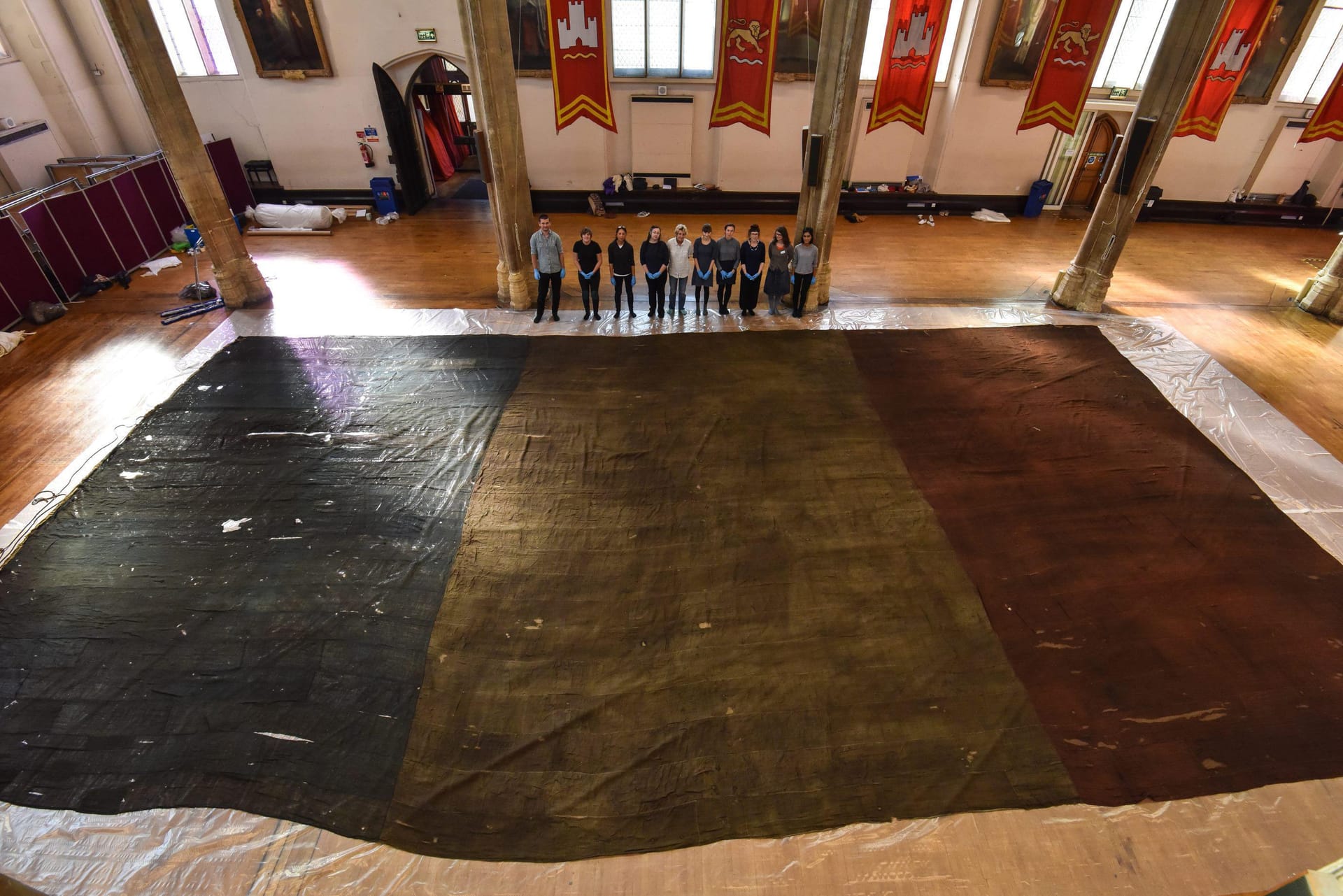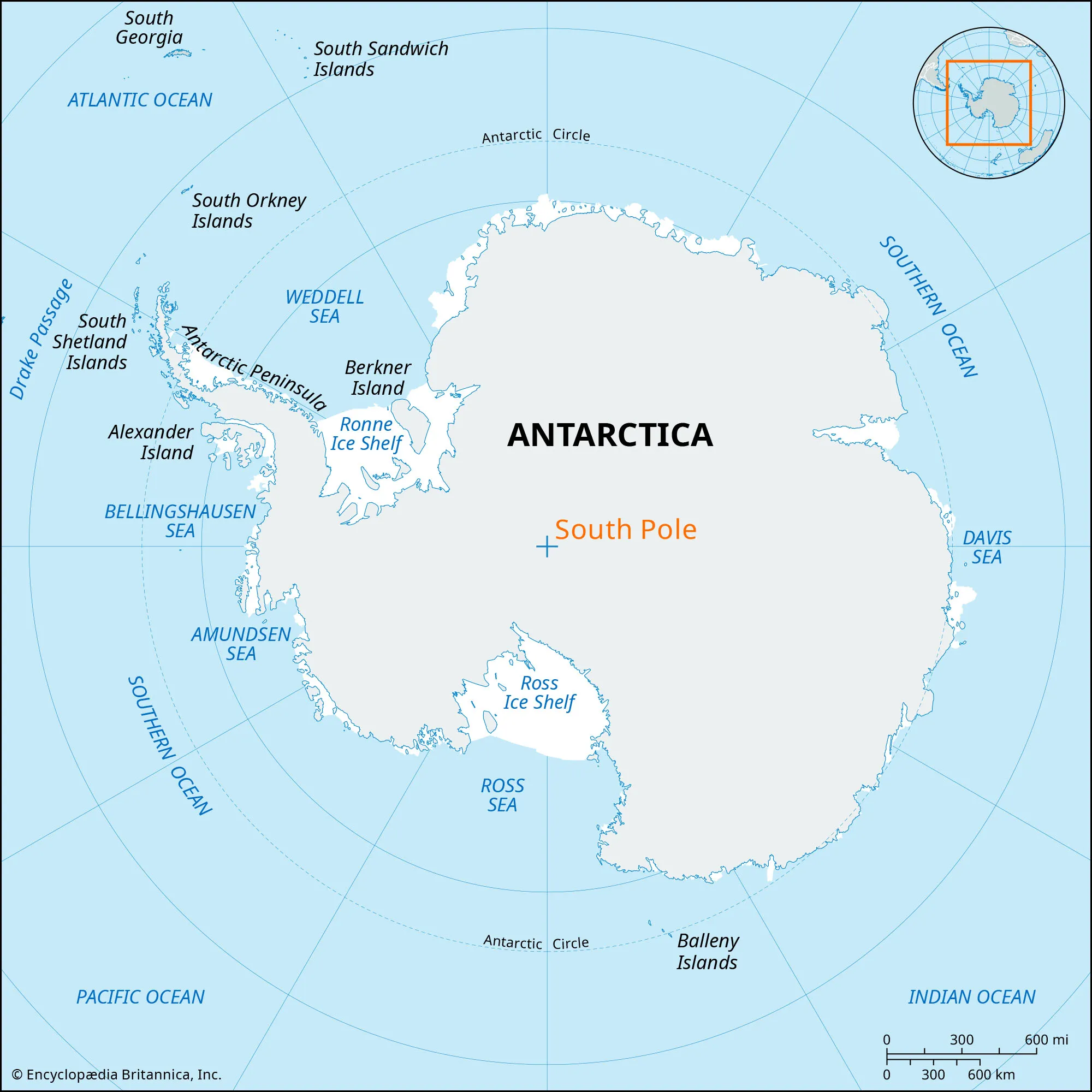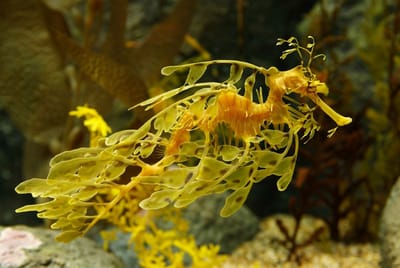TWIL #30: From Creative Ideas to Huge Sails

Every Sunday, I share a few of my learnings, reflections, and curiosities from the week. Things I stumbled upon, things I questioned, things that made me look twice. It’s not about being right or complete… it’s about noticing, wondering, and learning out loud.
Thanks for reading. I hope it sparks something for you too.
The secret worlds of Lego Ideas
This week I stumbled into a hidden world I didn’t know existed: Lego Ideas. It began with a single project: a motorized Howl’s Moving Castle, complete with clanking legs and turning gears. I thought I was just looking at a clever fan build. But when I clicked deeper, I discovered an entire ecosystem.

Here’s how it works: Lego fans everywhere upload their dream creations. The community votes, comments, and cheers them on. Reach 10,000 supporters, and Lego’s official design team steps in to review it. Some ideas even become real sets. That’s how we got the Women of NASA, the Seinfeld apartment, the Typewriter, the Treehouse, even WALL·E. What began as someone’s passion project, shared in a quiet corner of the internet, ended up on shelves around the world.

And if your idea makes it? Lego turns it into an official set. Your name appears on the box as the designer. You receive 1% of the net sales. You get copies of the set to build yourself. It’s not a career, but it’s a rare kind of magic: your imagination, once just a sketch and some bricks, becomes something people everywhere can touch, build, and play with.
What struck me wasn’t just the models… though they’re breathtaking. It was the community. Thousands of people gathering not for themselves, but to push someone else’s imagination forward. To refine details, to celebrate inventiveness, to lift ideas higher.
It reminded me that the internet isn’t just noise and outrage. Beneath the surface, it’s full of vast, vibrant communities like this. Hidden worlds where creativity is nurtured and amplified
The flags at Sail 2025

Yesterday at Sail 2025, I found myself staring not just at the ships, but at their flags. Some were enormous… especially of the Peruvian B.A.P. Unión. Sheets of color rippling high above the decks. I couldn’t help but wonder: how big are these things, really?
And I discovered there’s a rule of thumb for tall ships: a ship’s flag should be about an inch for every foot of vessel length. So a 200-ft tall ship might fly a flag 16.6 feet wide. Impressive already. But history went further. Naval “battle ensigns” were vast: U.S. ships once flew flags 19 × 38 feet (5.8 × 11.6 m), and the French warship Le Généreux was captured in 1800 with a tricolor 52 × 27 feet (15.9 × 8.2 m) long. That flag still survives today in London, a massive canvas of national pride.

Why so big? Visibility in smoke, a declaration of identity, and, of course, sheer spectacle.
At Sail 2025 I just saw beauty in fabric catching the wind. EspeciallyBut curiosity reminded me: every flag has a hidden story: of pride, power, and the human need to be seen from afar.
Antarctica, the distant mirror
This week I stumbled upon a BNR news article around a new study that startled me: scientists now say Antarctica is warming faster than expected, and that this may actually be a bigger problem for the Netherlands than the warming of the much closer Arctic.
That made me curious. How could a continent on the far side of the planet, a place I will probably never set foot, matter more to my small low-lying country than the ice melting just a few thousand kilometers away at the North Pole?
Here’s what I learned.

When ice disappears, the world changes color. White ice and snow act like giant mirrors (okay, this I knew), bouncing sunlight back into space. Ocean water does the opposite: it drinks in the sun’s heat… because it is black/dark colored. The less ice, the more heat absorbed. More heat means more ice lost. A feedback loop, quietly accelerating.
At the North Pole this has been visible for decades: the Arctic has been warming up to four times faster than the global average. But the new research shows that Antarctica is entering its own dangerous feedbacks. Sea ice around the South Pole has been shrinking abruptly, perhaps even tipping into an irreversible state. And unlike the Arctic, Antarctica’s ice is not just floating on the ocean… much of it sits on land. When that melts, it doesn’t just change reflectivity, it adds enormous volumes of water to the sea.
That is why the Netherlands should care. What happens in Antarctica won’t stay in Antarctica. It raises seas everywhere, alters ocean currents, and shifts the weather above our heads.





